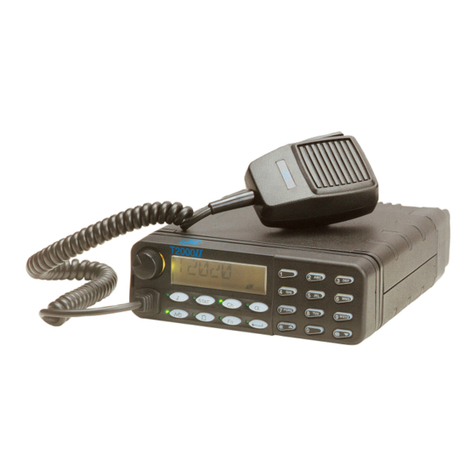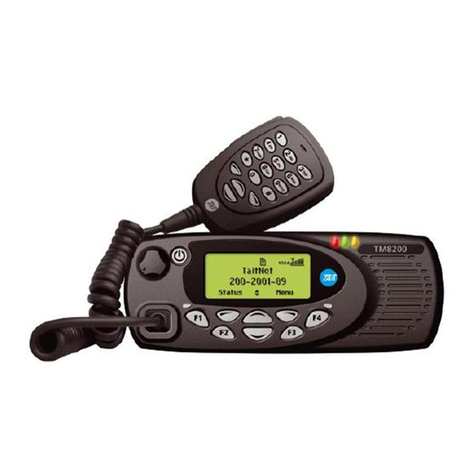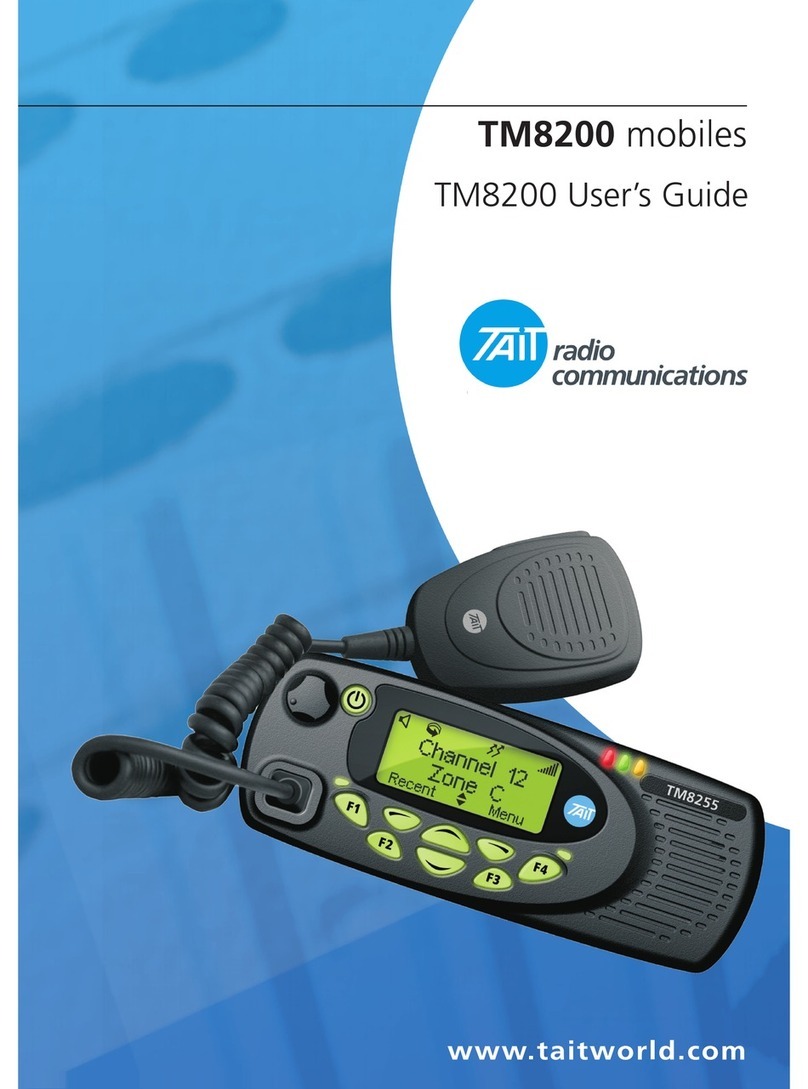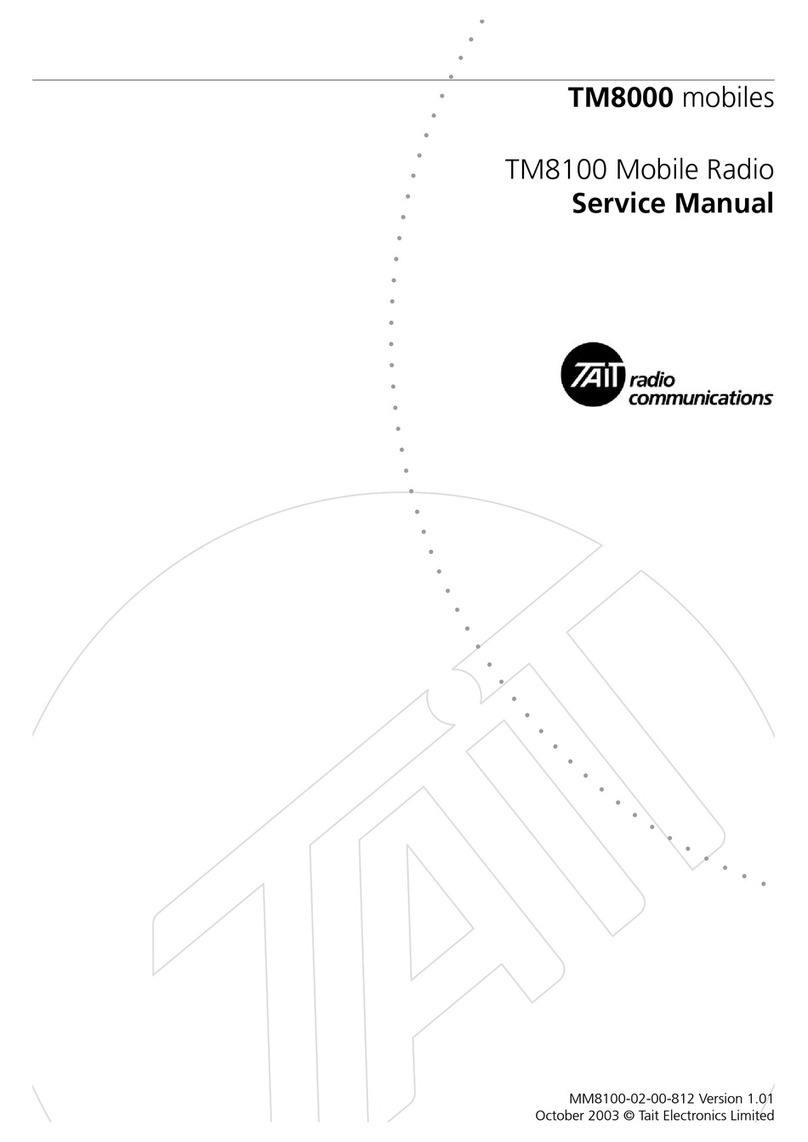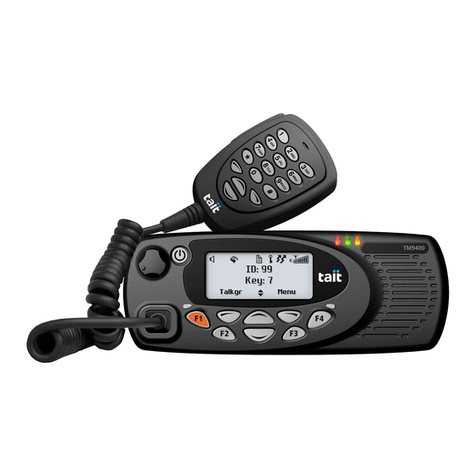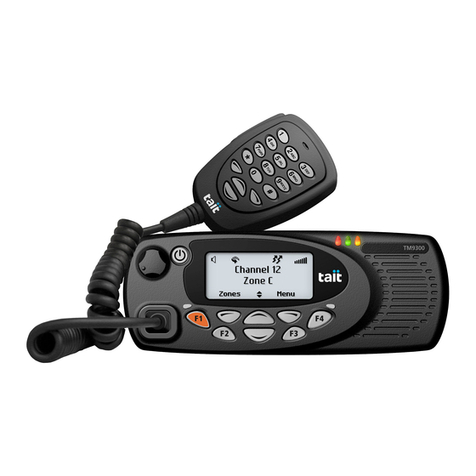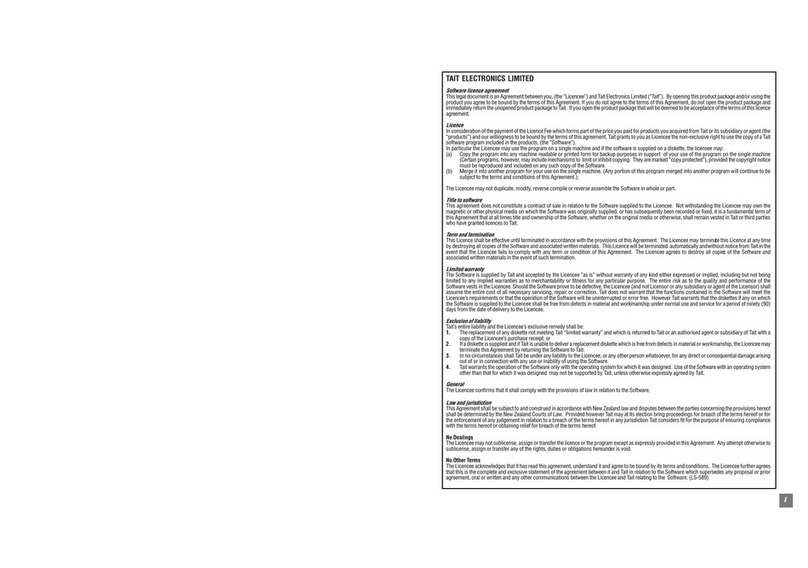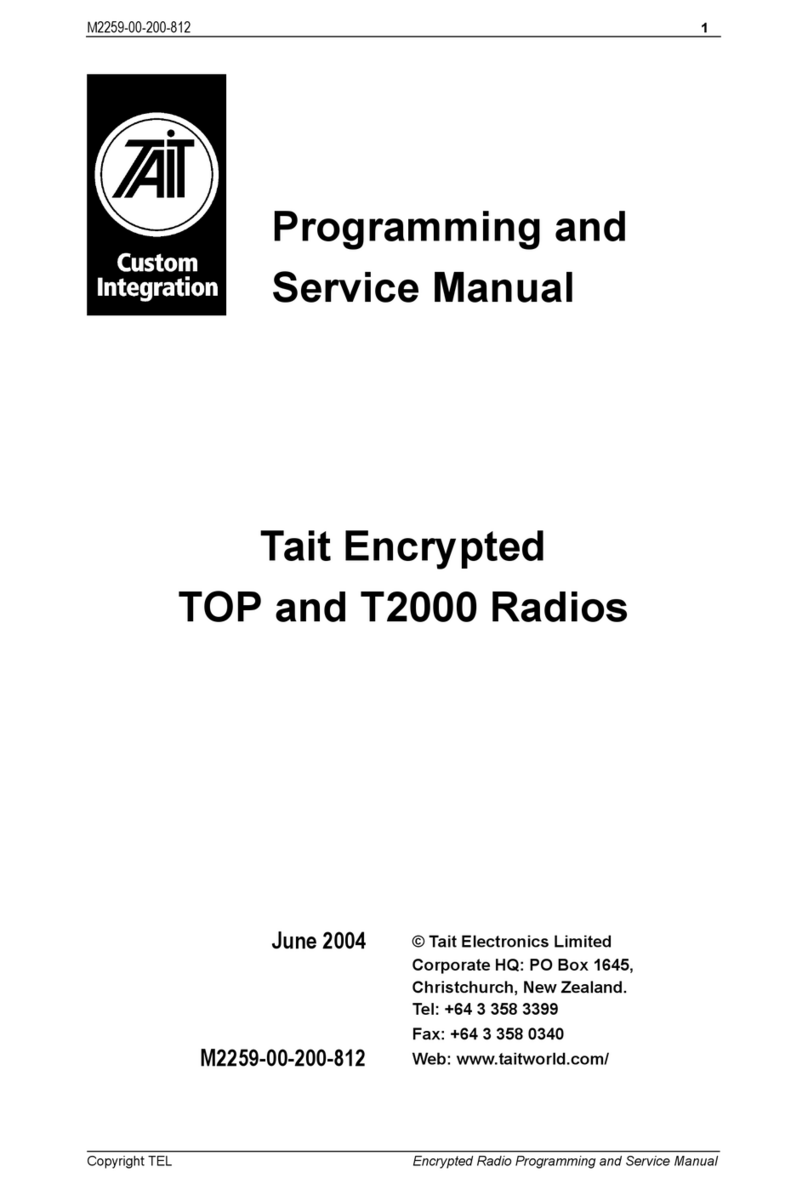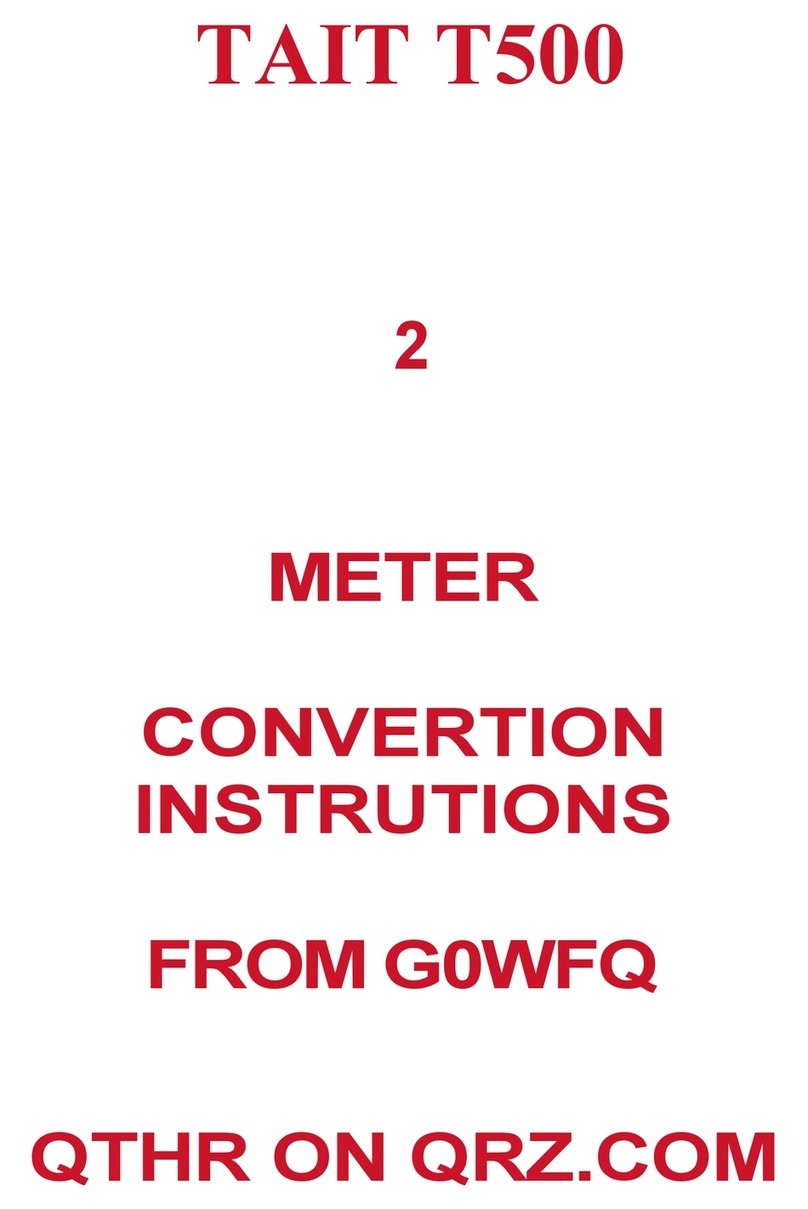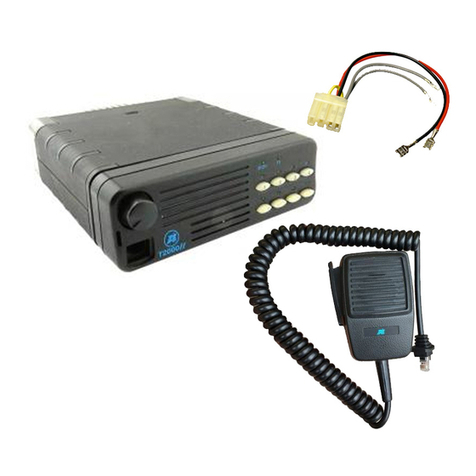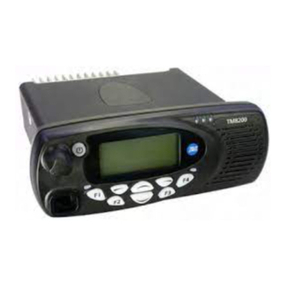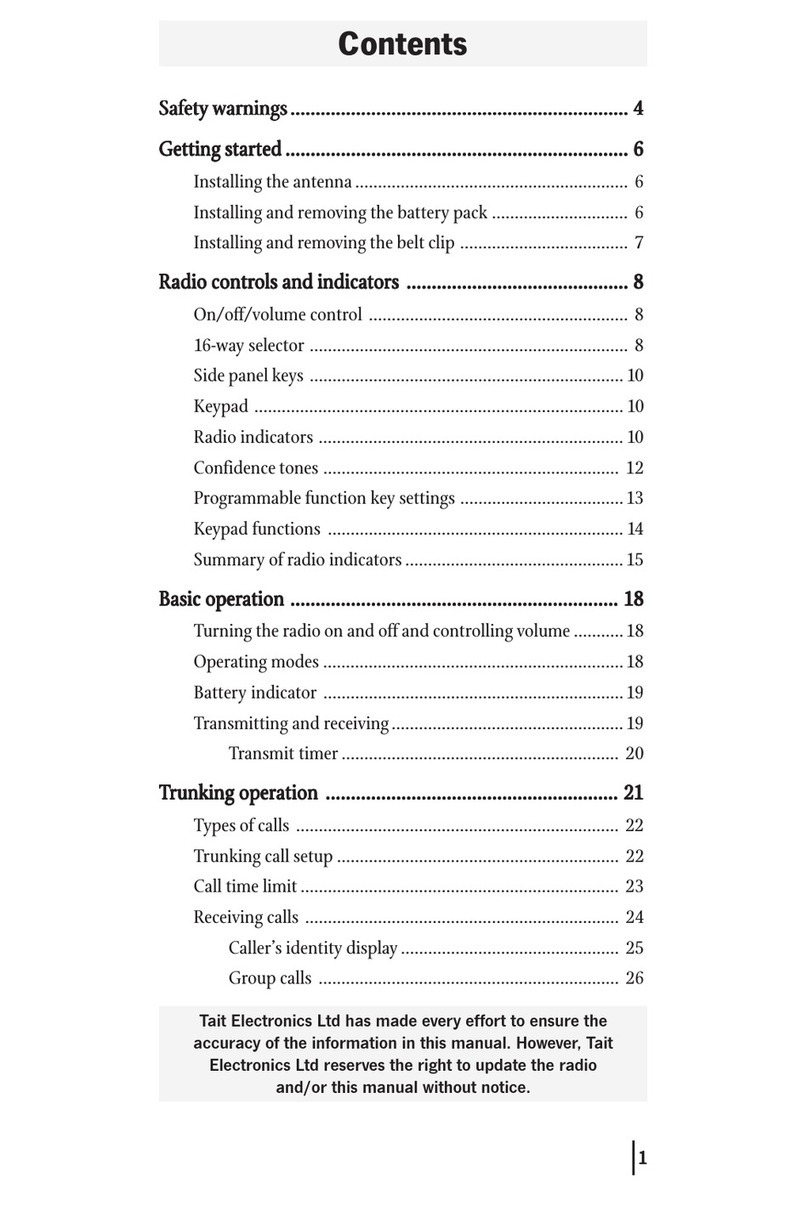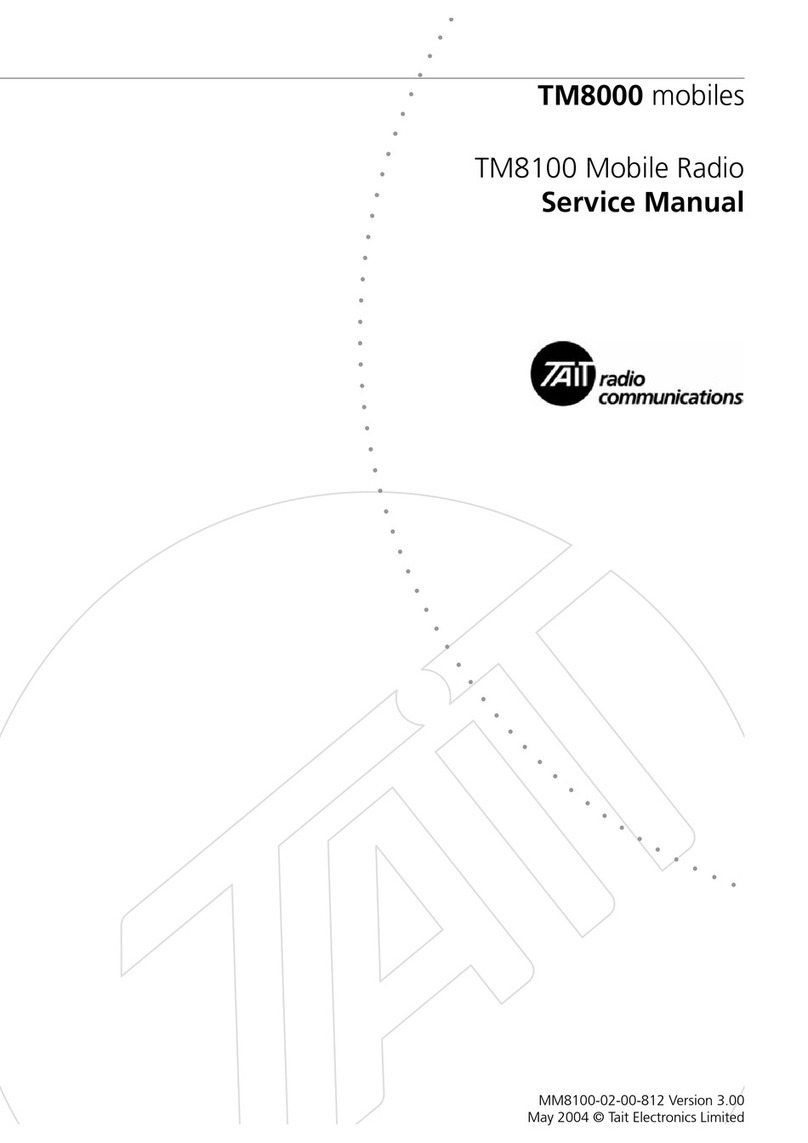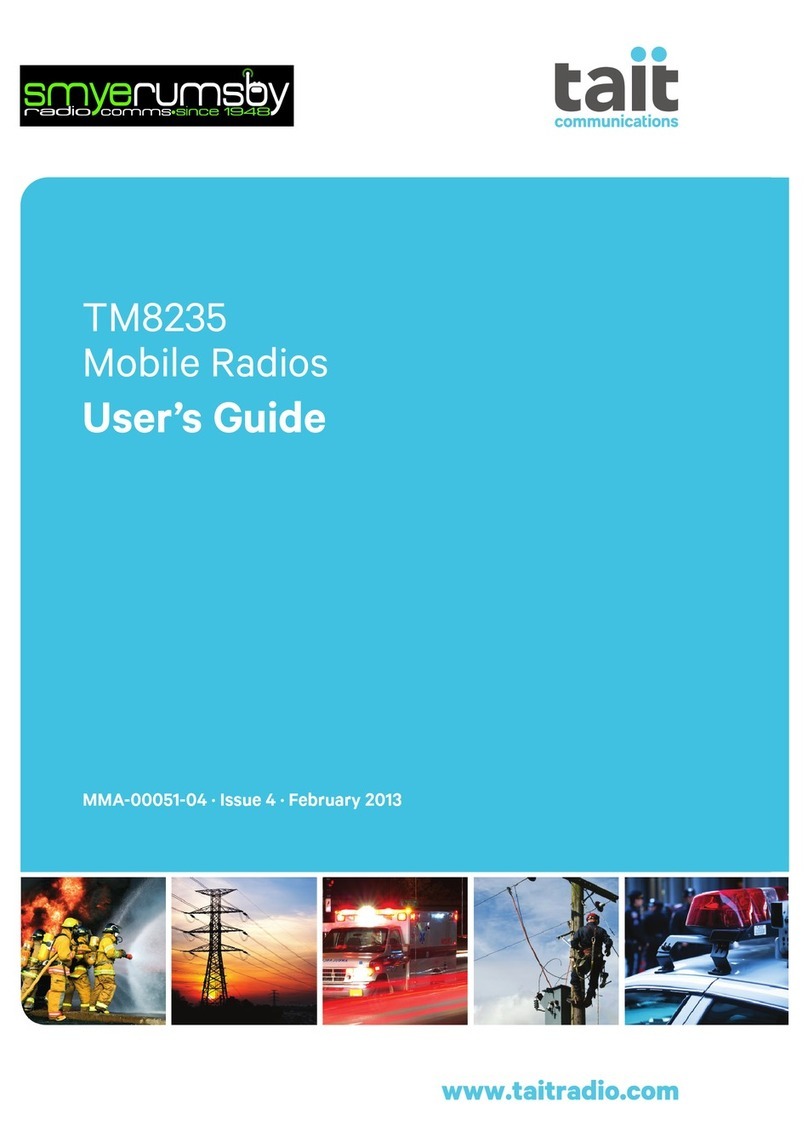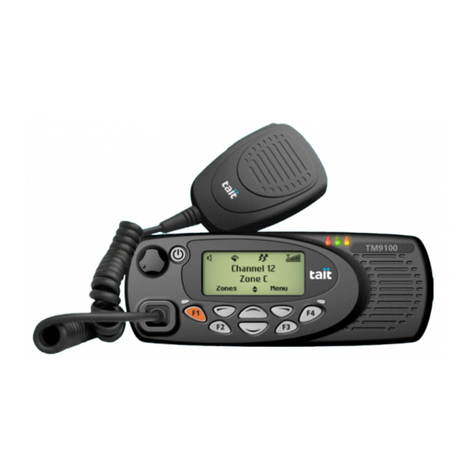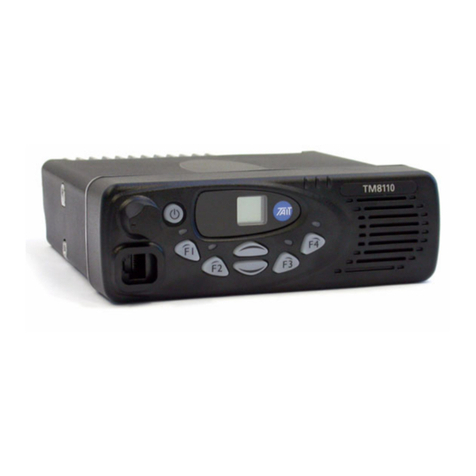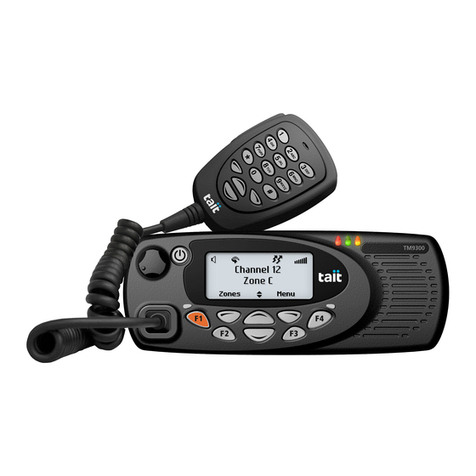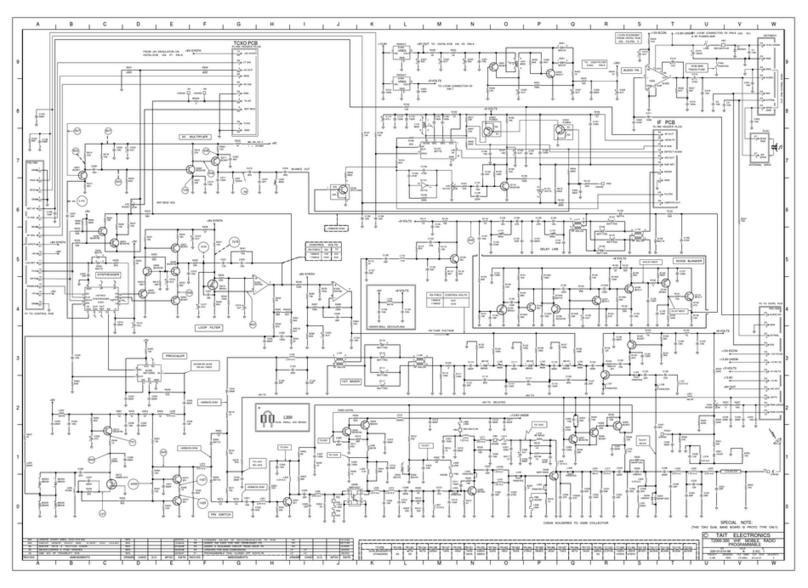
MMA-00003-05 Issue 5
© Tait Electronics Limited June 2006. All rights reserved.1
Directive 1999/5/EC Declaration of Conformity
da Dansk
Undertegnede Tait Electronics Limited
erklærer herved, at følgende udstyr TMAA4C,
TMAB1C, TMAH5C & TMAC0C overholder de
væsentlige krav og øvrige relevante krav i
direktiv 1999/5/EF.
Se endvidere:
http://eudocs.taitworld.com/
de Deutsch
Hiermit erklärt Tait Electronics Limited die
Übereinstimmung der Geräte TMAA4C,
TMAB1C, TMAH5C & TMAC0C mit den
grundlegenden Anforderungen und den
anderen relevanten Festlegungen der
Richtlinie 1999/5/EG.
Siehe auch:
http://eudocs.taitworld.com/
el Ελληνικός
Με την παρουσα Tait Electronics Limited
δηλωνει οτι TMAA4C, TMAB1C, TMAH5C
& TMAC0C συµµορφωνεται προσ τισ
ουσιωδεισ απαιτησεισ και τισ λοιπεσ
σχετικεσ διαταξεισ τησ οδηγιασ 1999/5/ΕΚ.
βλέπε και:
http://eudocs.taitworld.com/
en English
Tait Electronics Limited declares that this
TMAA4C, TMAB1C, TMAH5C & TMAC0C
complies with the essential requirements and
other relevant provisions of
Directive 1999/5/EC.
See also:
http://eudocs.taitworld.com/
es Español
Por medio de la presente Tait Electronics
Limited declara que el TMAA4C, TMAB1C,
TMAH5C & TMAC0C cumple con los requisi-
tos esenciales y cualesquiera otras disposi-
ciones aplicables o exigibles de la Directiva
1999/5/CE.
Vea también:
http://eudocs.taitworld.com/
fi Suomi
Tait Electronics Limited vakuuttaa täten että
TMAA4C, TMAB1C, TMAH5C & TMAC0C
tyyppinen laite on direktiivin 1999/5/EY oleel-
listen vaatimusten ja sitä koskevien direktiivin
muiden ehtojen mukainen.
Katso:
http://eudocs.taitworld.com/
fr Français
Par la présente, Tait Electronics Limited
déclare que l'appareil TMAA4C, TMAB1C,
TMAH5C & TMAC0C est conforme aux
exigences essentielles et aux autres disposi-
tions pertinentes de la directive 1999/5/CE.
Voir aussi:
http://eudocs.taitworld.com/
it Italiano
Con la presente Tait Electronics Limited dichi-
ara che questo TMAA4C, TMAB1C, TMAH5C
& TMAC0C è conforme ai requisiti essenziali
ed alle altre disposizioni pertinenti stabilite
dalla direttiva 1999/5/CE.
Vedi anche:
http://eudocs.taitworld.com/
nl Nederlands
Hierbij verklaart Tait Electronics Limited dat
het toestel TMAA4C, TMAB1C, TMAH5C &
TMAC0C in overeenstemming is met de
essentiële eisen en de andere relevante
bepalingen van richtlijn 1999/5/ EG.
Zie ook:
http://eudocs.taitworld.com/
pt Português
Tait Electronics Limited declara que este
TMAA4C, TMAB1C, TMAH5C & TMAC0C
está conforme com os requisitos essenciais e
outras provisões da Directiva 1999/5/CE.
Veja também:
http://eudocs.taitworld.com/
sv Svensk
Härmed intygar Tait Electronics Limited att
denna TMAA4C, TMAB1C, TMAH5C &
TMAC0C står I överensstämmelse med de
väsentliga egenskapskrav och övriga rele-
vanta bestämmelser som framgår av direktiv
1999/5/EG.
Se även:
http://eudocs.taitworld.com/
